There are only fourteen mountains on Earth that rise to over 8000 meters (26,250 feet), and to climb any of them represents one of the biggest challenges known to man. The 8000m mark is so coveted because it is above this height that climbers enter the ‘Death Zone’; the point at which oxygen levels are not sufficient enough to sustain human life. Of course, this small fact has not stopped people from attempting to climb these wondrous mountains in pursuit of fulfilled dreams, iconic landmarks and the spectacular views of the world below that these skyscraping peaks offer. Here are the 14 eight-thousanders, along with some fascinating information about the peaks, and man’s attempts to climb them.
1. Mount Everest (or Sagarmatha/Chomolungma) (Himalayas – Tibet/Nepal)
Height: 8848 meters (29,029 feet)
First Ascent: 1953
Everest is a world icon and comfortably the tallest mountain on the planet as of today. Climbing it was once the preserve of the most skilled and experienced mountaineers in the world, but capable and willing climbers can now hire guides and make an attempt on the summit. That does not mean the challenge should be taken lightly – many have perished on the mountain and decades-old corpses still line the route to the top. Nevertheless, climbing Everest is still seen as one of the most incredible acts of human endurance and appeals to many adventurous tourists who spend tens of thousands of dollars in an attempt to reach their goal.
2. K2 (Karakoram Range, Pakistan & China)
Height: 8611 meters (28,251 feet)
First Ascent: 1955

Image: Flickr User SJoford
3. Kangchenjunga (Himalayas, Nepal & India)
Height: 8586 meters (28,169 feet)
First Ascent: 1956
All fourteen mountains are still growing. Everest continues to grow at a rate of around 4mm a year, which is roughly the average for the rest of the top 10 tallest too, although there is one exception – Nanga Parbat. Nanga Parbat is the fastest growing mountain on the planet and currently grows at a rate of about 7mm a year, nearly twice as quickly as Everest. This means that one day, it could conceivably become the tallest mountain on Earth if the current growth rates continue, but it will take a while – about 181,250 years to be precise!
4. Lhotse (Himalayas, Nepal & Tibet)
Height: 8516 meters (27,940 feet)
First Ascent: 1956
5. Makalu (Himalayas, Nepal & China)
Height: 8485 meters (27,838 feet)
First Ascent: 1955
The first recorded attempt to climb an eight-thousander came in 1895 when Albert F. Mummery and J. Norman Collie tried to climb Nanga Parbat. The attempt failed when Mummery and two Gurkhas they had enlisted for the expedition were killed in an avalanche. It was another 55 years until an eight-thousander was successfully conquered (and recorded) when French climbers Maurice Herzog and Louis Lachenal summited Annapurna I in 1950.
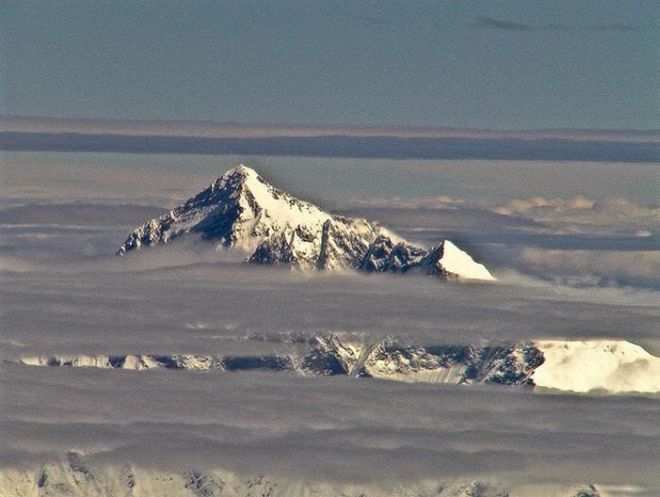 Image: Flickr User TausP
Image: Flickr User TausP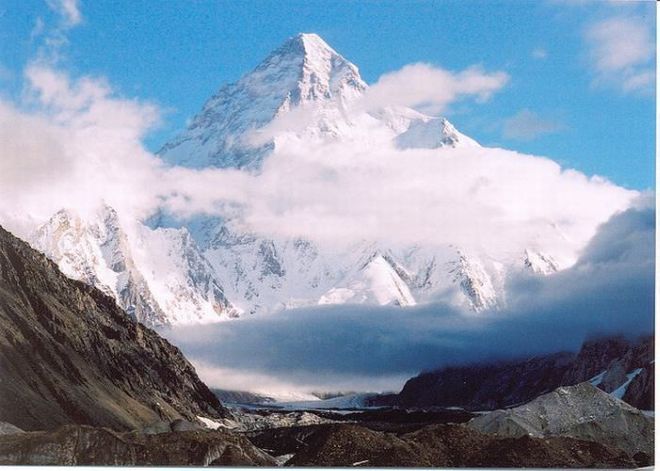
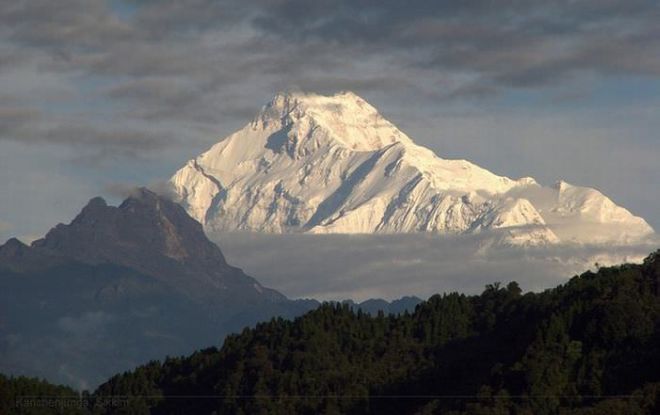 Image: Flickr User Amit
Image: Flickr User Amit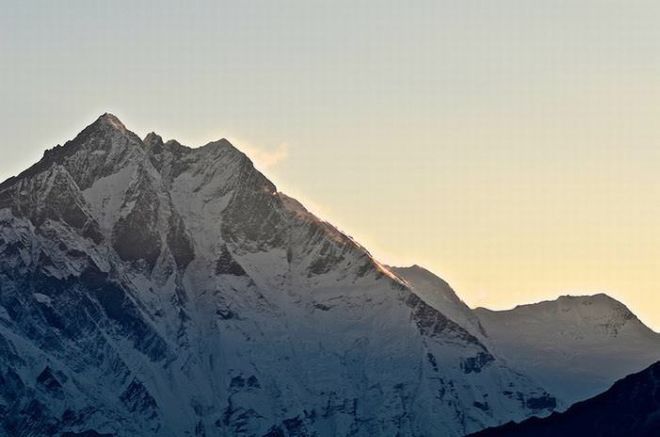 Image: Flickr User Erik Johansson
Image: Flickr User Erik Johansson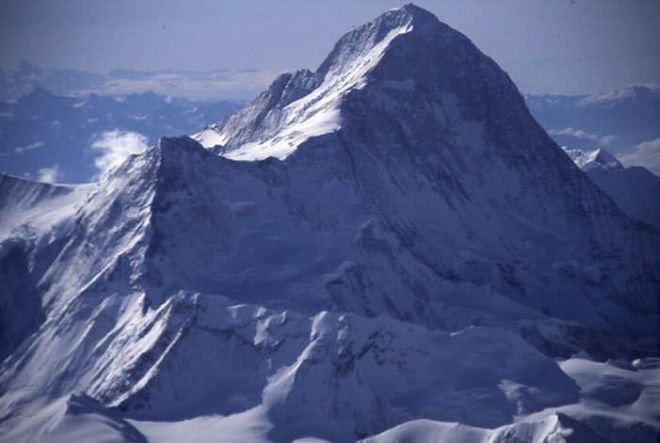 Image: iceland-trekking.com
Image: iceland-trekking.com